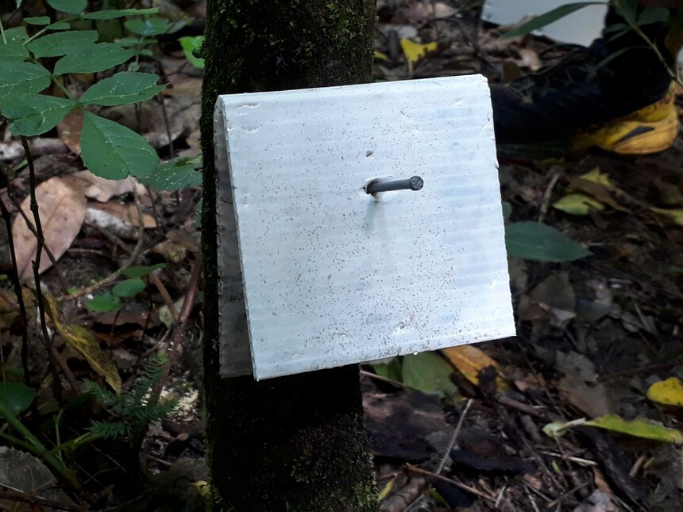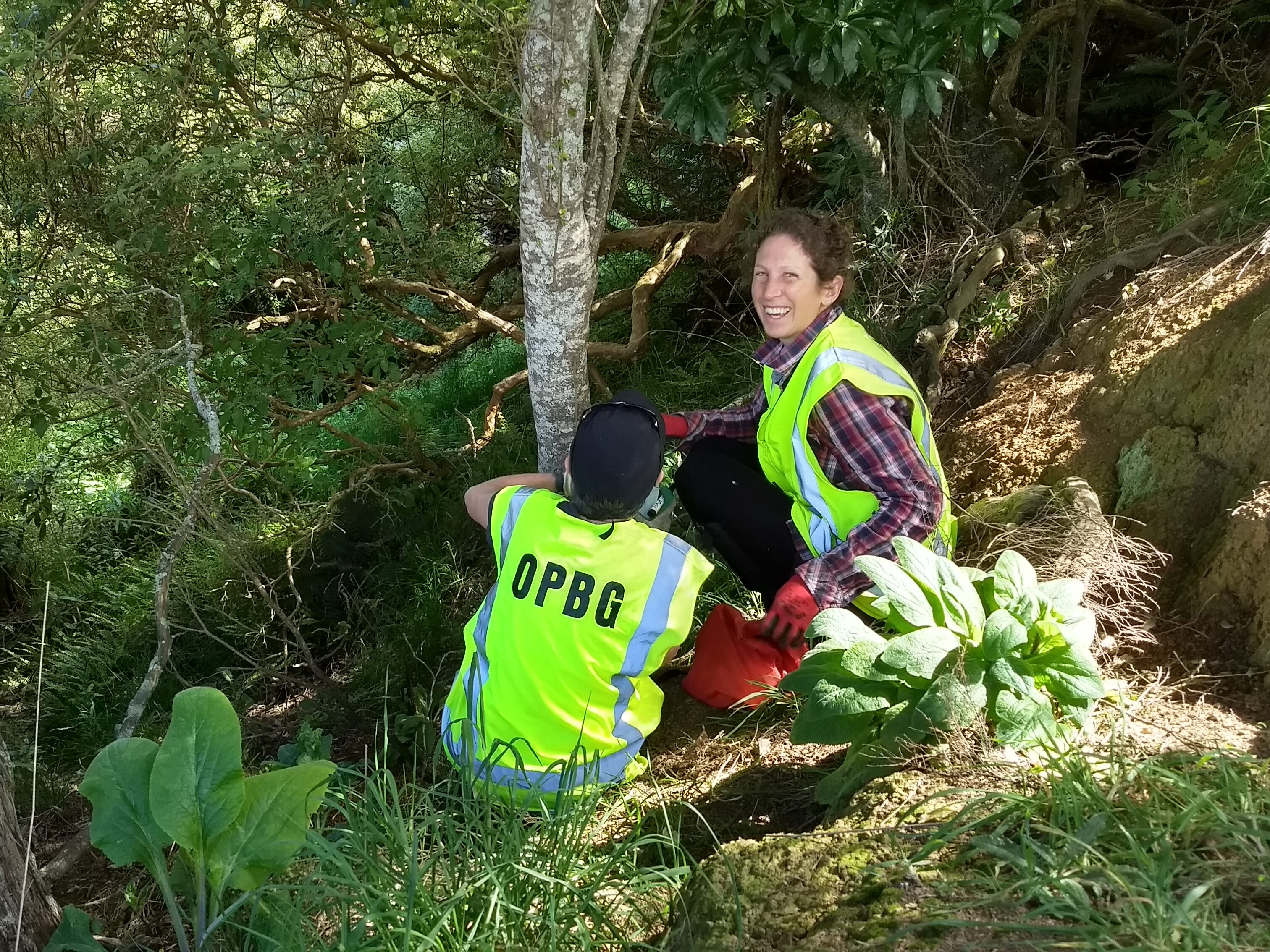ON THIS PAGE
What are they used for?
Chew cards are made of corflute card filled with a lure that is attractive to predators. They can be used to identify rats, stoats, possums and hedgehogs. Animals chew the card and their teeth marks help to identify them – and you can then purchase the right traps and baits to target them.
Chew cards are also a useful way of identifying where predators are on your property and where to place your traps or bait stations.
You can use them as a way to monitor the effectiveness of your predator control programme (see our section ‘Is your predator control working?’).
What’s in them — do they contain toxins?
Chew cards are non-toxic.
The formula may vary depending on which brand you choose (or if you make them yourself). Some brands have a highly palatable formulation while others use long-life lures – both types come in paste form and are non-toxic. If kept in a warm, dry place the shelf life can be up to 12 months. There are also chew cards made with peanut essence for people with peanut allergies.
Where can I get them?
You can buy packs of chew cards from our online shop.
We’ve also created a guide on how to make your own chew cards (PDF, 98 KB).

Where should I put them?
Start by placing them in areas where you have seen evidence of introduced predators (droppings, eaten plants etc). Along a fence line, near compost or rubbish bins, and/or at the base of trees are good places to start.
Predators will only investigate food – and therefore a trap – in places where they feel safe, so don’t put cards in an open space. For comprehensive instructions on setting up chew card lines over large land areas, see page 28 of DOC’s A practical guide to trapping (PDF, 5.5 MB).
How do I secure the chew cards?

First, name and/or number each card so you can record individual results. How to secure them depends on which product you purchase, but in most cases you nail or screw them to a tree or post. Instructions are generally provided with the product or check out the manufacturer’s website for more detailed instructions.
If you have created your own chew cards, fold them in half and leave the top flap open approximately 45°. Place them 30cm above ground level.
As a general rule you should leave chew cards out for seven days before interpreting results, but check the instructions provided by the manufacturer. Remove chew cards after you have finished.
How do I read the results?
If predators are biting the chew cards you will see their teeth marks on the card. Instructions provided with the product (or on the manufacturer’s website) will help you to identify the teeth marks. Or you can use Manaaki Whenua’s “Guide to the interpretation of animal tooth impressions” to identify them.
What next?
Once you know which introduced predators are present you can buy a trap and get trapping. Do some research to find the trap that best suits your budget and capability. Some people are comfortable handling predators and others are not. There are a variety of different trap options available. For more information, see our trapping and baiting toolkit.
If you are using chew cards to monitor changes then you should record your results. Jot down information such as the location and date, predator activity and weather conditions. Keeping a record means you can see how results compare year to year.

